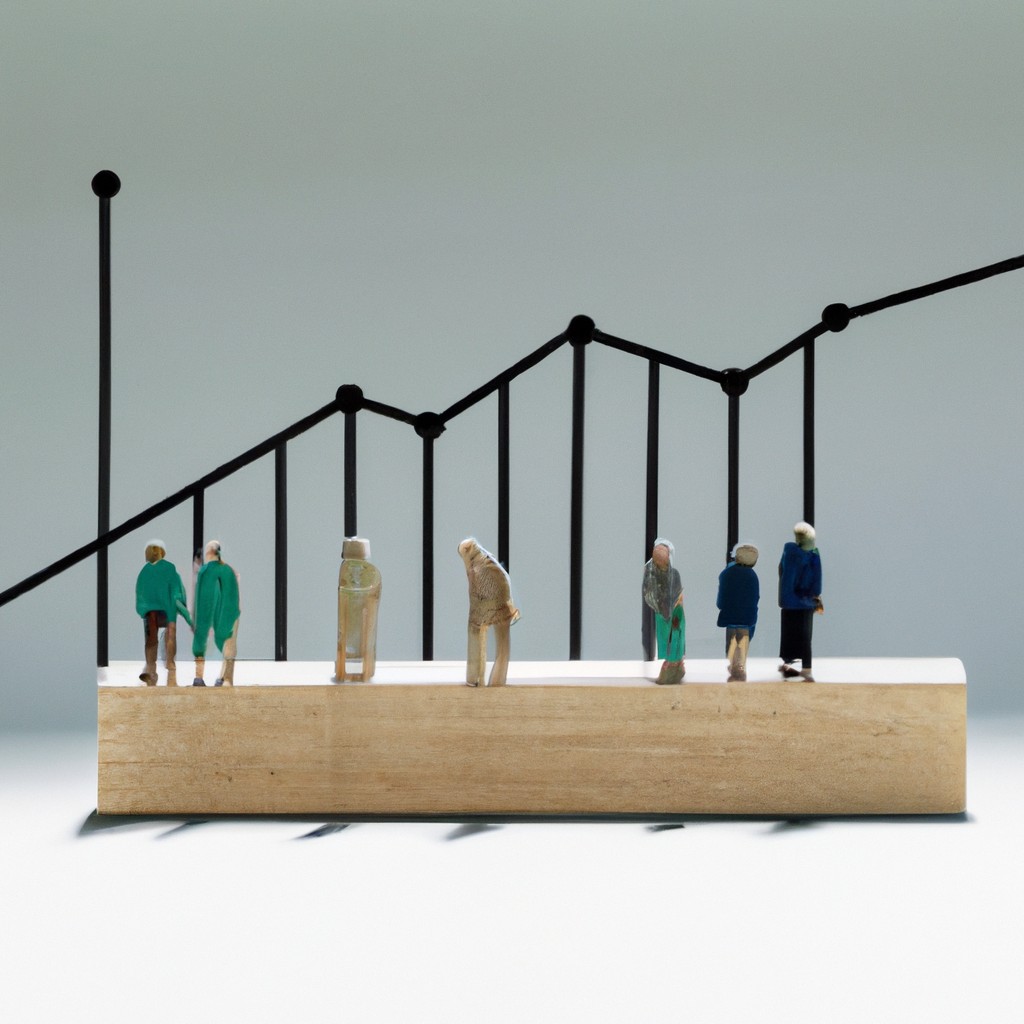Measures to promote income distribution.

Measures to promote income distribution are essential for creating a fair and just society. One approach is implementing progressive taxation, where the wealthy pay a higher percentage of their income in taxes than the less affluent. Governments can also establish a minimum wage that guarantees a decent standard of living for workers. Additionally, investing in education and skills training programs can help bridge the income gap by enabling individuals to access better job opportunities. Social welfare programs that provide assistance to those in need, such as affordable housing and healthcare, can also contribute to a more equitable distribution of wealth. These measures are crucial for building a society where everyone has a chance to thrive.
Read more
Impacts of income inequality on society

Income inequality can have profound effects on society as a whole. It contributes to increased poverty rates, limited social mobility, and unequal access to education and healthcare. The gap between the rich and the poor widens, creating a sense of injustice and fueling social unrest. Inequality breeds resentment and can lead to the erosion of trust and social cohesion within communities. It also exacerbates existing disparities, such as racial and gender inequalities. The impacts of income inequality are far-reaching, affecting not only individuals and families but also the overall economy. Addressing this issue requires policies that promote fairness, equal opportunities, and a more equitable distribution of resources.
Read more
Measuring income inequality using the Lorenz curve.

Measuring income inequality reveals the stark reality of wealth distribution. The Lorenz curve is a useful tool in this analysis, visually representing the income gap. It plots the cumulative share of income against the cumulative share of the population. A perfectly equal society would have a straight line, while a skewed distribution results in a curved line. The further the curve is from the straight line, the more unevenly income is distributed. This measurement fosters understanding, sparks discussions, and encourages policymakers to address inequality. By studying the Lorenz curve, we can strive for a fairer society, where wealth and opportunities are more equitably shared among the population.
Read more
Income Distribution Issues

Income distribution issues are a significant concern in today's society. The gap between the rich and the poor continues to widen, leading to social unrest and economic instability. This inequality deprives many individuals of the basic necessities needed for a decent standard of living. The consequences are not limited to financial difficulties; they also include decreased access to healthcare, education, and opportunities for upward mobility. The vulnerable members of society, such as children and the elderly, are particularly affected by this imbalance. It is crucial for policymakers to address this issue and implement measures that promote a more equitable distribution of income. By doing so, we can foster a more inclusive and prosperous society for all.
Read more
Alternative measures of income inequality.

Alternative measures of income inequality offer additional perspectives beyond traditional approaches. By considering factors such as wealth distribution, social mobility, and access to essential services, these measures provide a more comprehensive understanding of inequality. One example is the Gini coefficient, which quantifies income distribution and ranges from 0 to 1, with 0 representing perfect equality. Another alternative measure is the Palma ratio, which compares the income share of the poorest 40% to the richest 10%. In addition, the Theil index captures both within-group and between-group inequality. Combining different measures helps policymakers evaluate the effectiveness of interventions aimed at reducing inequality and fosters a more inclusive society.
Read more
Income inequality

Income inequality is a pressing issue in society today, creating a stark divide between the rich and the poor. This disparity in wealth distribution has far-reaching consequences for individuals and communities alike. It fuels social unrest, hampers economic growth, and undermines the principles of fairness and justice. The gap between the haves and the have-nots continues to widen, widening the social fabric and sowing seeds of discontent. It is imperative that we address this issue head-on through policies that promote inclusive growth, equitable opportunities, and access to quality education and healthcare. By doing so, we can strive for a more just and prosperous society, where everyone has a fair chance to succeed and thrive.
Read more
Role of income inequality in social mobility

Income inequality plays a significant role in determining social mobility, impacting individuals' opportunities to move up the economic ladder. When a large gap exists between the rich and the poor, it becomes harder for those in lower-income brackets to improve their circumstances. Limited access to quality education, healthcare, and resources hinder economic advancement. Furthermore, income inequality can perpetuate a cycle of disadvantage, where children born into poverty are more likely to remain trapped in it. This stark division in wealth distribution creates feelings of frustration and hopelessness among those striving for a better life. Addressing income inequality is crucial for fostering a society that offers equal opportunities for progress and social mobility.
Read more
Socioeconomic consequences of income inequality

Income inequality has far-reaching socioeconomic consequences that affect individuals, communities, and nations. The gap between the rich and the poor widens, leading to disparities in access to essential resources like healthcare, education, and housing. This not only hampers social mobility but also perpetuates a cycle of poverty and limited opportunities. Inequality breeds social unrest, as marginalized groups feel excluded and voiceless. It undermines trust in institutions and weakens social cohesion. Moreover, income inequality hampers economic growth, as it reduces consumer spending and limits investment in human capital. Tackling income inequality requires comprehensive policies that focus on equitable distribution of wealth, investment in education and skills development, and creating opportunities for all.
Read more
Policy responses to address income inequality.

Policy responses to address income inequality are crucial for promoting social and economic stability. One effective approach is to implement progressive taxation systems that require high-income individuals to pay a larger share of their earnings in taxes. This can help redistribute wealth and provide resources for social programs that benefit the less fortunate. Additionally, governments can invest in education and job training programs to ensure that individuals from disadvantaged backgrounds have equal opportunities to succeed. Strengthening labor market regulations, such as enforcing minimum wage laws and ensuring fair working conditions, can also help reduce income inequality. Additionally, expanding access to affordable healthcare and social welfare programs can provide a safety net for those struggling with low incomes. These policy responses play a vital role in creating a more equitable society.
Read more
Critiques and limitations of policy responses to income inequality.

Critiques and limitations of policy responses to income inequality are worth considering. One critique is that policies like raising the minimum wage may lead to job loss. Another limitation is that policies focusing solely on income redistribution may neglect underlying causes of inequality. Furthermore, some argue that policies targeting income inequality can stifle economic growth and discourage innovation. Additionally, policy responses may fail to address wealth inequality, which can be a more significant factor in overall inequality. Lastly, the effectiveness of policies can vary across different contexts, making it challenging to implement a one-size-fits-all solution. These critiques highlight the complexity of addressing income inequality through policy measures.
Read more












